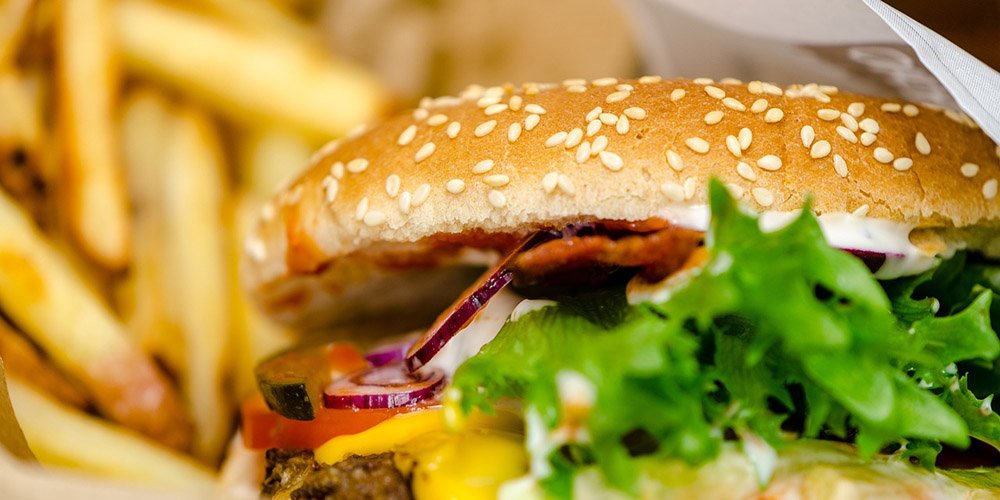In recent months, consumers have noticed a sharp increase in prices at their favorite fast food outlets. This trend spans across many major chains, signaling a shift that could affect dining choices and spending habits. The surge in pricing is not isolated but is a reflection of a confluence of economic pressures that the industry faces.
Analysis of Price Increases in Major Chains
Several well-known fast food chains have implemented significant price hikes. Dunkin’, McDonald’s, and Taco Bell have reported some of the most substantial increases, with analysts highlighting that these changes are due in part to rising costs in labor and ingredients.
For instance, Taco Bell’s prices soared by 10%, while McDonald’s and Dunkin’ saw an 8% rise. Chipotle also adjusted its pricing, increasing menu prices by approximately 4% to manage higher wages paid to workers.
Factors Driving the Price Hikes
The catalysts for these price increases are multifaceted, largely stemming from labor shortages that impact various stages of the supply chain. The fast food industry is particularly sensitive to changes in transportation costs, where a notable shortage of truck drivers has escalated expenses.
Additionally, food processing sectors, including farms that struggle with insufficient staffing, are unable to meet processing demands efficiently. This bottleneck is particularly evident in industries reliant on perishable goods.
Shipping complications and adverse weather events also play critical roles in shaping costs. These issues disrupt the supply of key ingredients, leading to scarcity and higher prices.
As these disruptions become more frequent, the fast food industry faces ongoing challenges in maintaining stable pricing structures. This situation is exacerbated by global supply chain delays, which have become a prominent issue affecting a wide range of industries beyond food service.

Industry-Wide Trends
According to a comprehensive report by Gordon Haskett, the trend of rising prices is evident across the fast food industry, but varies significantly by the type of dining establishment. The analysis, which covered 24 restaurant chains, found that fast food restaurants have experienced the most pronounced increases, with an average rise of 6%.
In contrast, fast-casual restaurants saw a more modest increase of 3%, and casual dining establishments only saw a 1% uptick. These statistics highlight the differential impact of economic factors depending on the business model and customer base of the restaurant chains.
Case Study: Chipotle’s Pricing Strategy
Chipotle Mexican Grill provides a clear example of how fast-casual chains are navigating the complex terrain of rising costs and consumer expectations. In June, the company raised its menu prices by about 4% across the board. This decision was directly tied to their commitment to increasing the average hourly wages of their employees to $15 by the end of June—an increase from the previous $13 average.
This wage hike is a part of Chipotle’s strategy to attract and retain workers in a competitive labor market, ensuring that they can maintain the quality and speed of service that customers expect.
Impact of Wage Increases on Pricing
The move by Chipotle illustrates a broader trend in the restaurant industry, where businesses are compelled to pass on the cost of higher wages to consumers. While this may lead to short-term financial strain on customer spending, it is seen as necessary to cope with labor shortages that could otherwise lead to longer wait times, decreased service quality, and potential loss of business.
The price adjustments also reflect a shift in industry priorities, where employee well-being is becoming as significant as customer satisfaction and operational efficiency. This balancing act is crucial for maintaining brand loyalty and competitive edge in a market that is increasingly sensitive to social and economic issues.

Future Outlook
The consensus among industry analysts suggests that prices in the fast food and fast-casual sectors are likely to continue rising. Factors contributing to this outlook include ongoing labor shortages, incremental increases in ingredient costs, and broader economic pressures that are not expected to abate soon.
Analysts from Gordon Haskett and other firms anticipate that nearly every chain in these sectors will adjust their pricing structures in response to these challenges, striving to balance profitability with consumer affordability.
Broader Economic Context
The rise in prices at fast food outlets is part of a larger pattern affecting the U.S. economy. Consumer prices have surged to their highest level in 13 years, marking a 5% increase over the previous year. Key ingredients for popular menu items, such as corn and avocados, have seen notable price escalations.
These increases are driven by a combination of heightened consumer demand and significant supply chain disruptions. Shipping delays and severe weather events have compounded these issues, leading to scarcity and higher prices for crucial commodities.
Conclusion
The current landscape of the fast food industry reflects broader economic dynamics, including labor market conditions, supply chain vulnerabilities, and shifts in consumer behavior. As the industry navigates these challenges, consumers can expect continued adjustments in pricing.
While these changes may impact how often people choose to dine out, they also underscore the importance of sustainability and efficiency within the supply chain. Ultimately, the industry’s ability to adapt to these evolving conditions will determine its resilience and continued appeal to a cost-conscious public.








Add comment